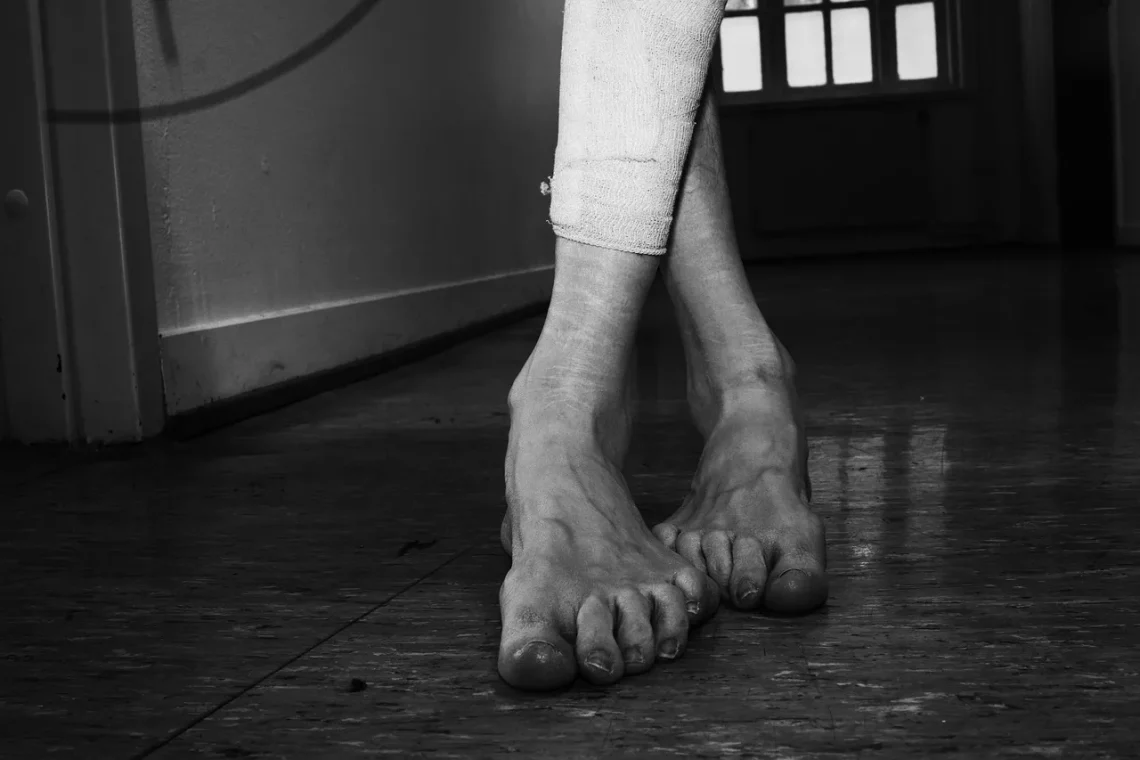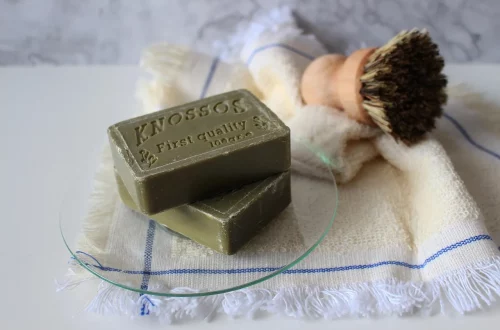
Understanding Eyebrow Scars: Causes, Treatments, and Care Tips
Understanding eyebrow scars is essential for anyone who has experienced them, whether due to an injury, surgery, or other causes. These scars can have a significant impact on a person’s appearance and self-esteem, making it crucial to understand their nature, treatment options, and how to care for them effectively. Eyebrow scars often result from various factors, including trauma, skin conditions, or even over-plucking. Each type of scar has its characteristics and may require a different approach to treatment and care.
The visibility of eyebrow scars can make individuals self-conscious, prompting many to seek solutions to minimize their appearance. While some may consider surgical options, others may prefer topical treatments or natural remedies. Understanding the different types of scars and the latest treatment modalities can empower individuals to make informed decisions about their care. Additionally, proper aftercare plays a significant role in the healing process and can affect the final appearance of the scar.
In this article, we will explore the causes of eyebrow scars, various treatment options available, and practical care tips to help manage and reduce their visibility. As we delve into these topics, it’s important to remember that each person’s skin is unique, and what works for one individual may not be suitable for another.
Common Causes of Eyebrow Scars
Eyebrow scars can arise from a variety of causes, each leading to different types of scarring. Understanding these causes is the first step in addressing the issue effectively. One of the most common reasons for eyebrow scars is trauma, which can occur from accidents, sports injuries, or surgical procedures. A deep cut or abrasion in the eyebrow area can leave behind a scar as the skin heals.
In addition to physical injuries, certain skin conditions can also contribute to scarring. Conditions such as acne, eczema, or psoriasis can affect the skin around the eyebrows, leading to scarring if not managed properly. For instance, individuals who suffer from acne may unknowingly pick at blemishes, resulting in scars that can be particularly noticeable on the face.
Another common factor is over-plucking or waxing. Many people engaged in grooming routines may inadvertently cause damage to the hair follicles or skin, leading to scarring over time. This is especially true for those who frequently reshape their eyebrows, as repeated trauma can compromise the skin’s integrity.
Moreover, surgical procedures, whether cosmetic or medical, can also leave scars. Eyebrow lifts, brow surgeries, or other facial procedures often involve incisions that can heal poorly if not cared for adequately. The type of surgical technique used and the individual’s healing response can both influence the scar’s appearance post-surgery.
Understanding these causes is vital for prevention as well. Individuals prone to picking at their skin or those who frequently manipulate their eyebrows may benefit from adopting gentler grooming techniques to avoid future scars. Additionally, being aware of how certain skin conditions can lead to scarring can encourage timely treatment and management, reducing the risk of permanent marks.
Treatment Options for Eyebrow Scars
When it comes to treating eyebrow scars, several options are available, each catering to different types and severities of scarring. The choice of treatment often depends on the scar’s characteristics, such as its size, depth, and age.
For superficial scars, topical treatments can be effective. These include silicone gel sheets, vitamin E oil, and various scar creams containing ingredients like hyaluronic acid or onion extract. Applying these products regularly can help soften the scar and improve its texture over time. Many of these treatments are designed to keep the scar moisturized, which is crucial for healing.
For more pronounced scars, medical treatments may be necessary. Dermatologists often recommend procedures such as chemical peels, microdermabrasion, or laser therapy to resurface the skin and promote new skin growth. Laser treatments, in particular, have gained popularity for their effectiveness in reducing scar visibility by targeting the pigment and texture of the scarred skin.
In cases where scars are particularly deep or wide, surgical options may be considered. Scar revision surgery can remove the scar tissue and reshape the area, potentially leading to a less noticeable scar. However, this option is typically reserved for scars that do not respond to other treatments.
For individuals interested in more natural approaches, several home remedies may assist in scar healing. Aloe vera, honey, and coconut oil are popular choices, known for their soothing and moisturizing properties. While these natural treatments may not be as scientifically validated as medical options, many people find them beneficial as part of their skincare regimen.
It’s essential to consult with a healthcare professional before starting any treatment to determine the most appropriate approach based on individual needs and circumstances. Each person’s skin reacts differently, and what works for one individual may not yield the same results for another.
Tips for Caring for Eyebrow Scars
Caring for eyebrow scars is crucial for promoting healing and minimizing their visibility. Proper aftercare can significantly influence the appearance of scars, making it a vital aspect of scar management.
One of the most important tips is to keep the scar moisturized. Using a gentle, fragrance-free moisturizer or a specialized scar cream can help maintain hydration in the scar tissue. This is particularly important in the early stages of healing when the skin is more vulnerable. Keeping the scar hydrated can prevent excessive dryness and itching, which may lead to scratching and further damage.
Additionally, sun protection is essential. UV rays can darken scars, making them more noticeable. Applying a broad-spectrum sunscreen with an SPF of 30 or higher can help protect the scarred area from sun exposure. It’s advisable to use sunscreen daily, even when it’s cloudy, as UV rays can penetrate through clouds.
Avoiding irritants is another critical aspect of scar care. This includes steering clear of harsh skincare products or abrasive scrubs that can exacerbate the scar’s appearance. Instead, opt for gentle cleansers and avoid any products that contain alcohol, fragrances, or other potential irritants.
Furthermore, patience is key when it comes to scar healing. Scars can take time to mature, and their appearance may change over months or even years. It’s essential to follow a consistent skincare routine and remain realistic about the expected outcomes.
Lastly, if you notice any changes in the scar, such as increased redness, swelling, or discharge, it’s important to consult a healthcare professional. These could be signs of infection or other complications that require medical attention.
In conclusion, understanding eyebrow scars involves recognizing their causes, exploring the various treatment options available, and committing to a diligent care routine. While scars can be a source of concern, the right approach can lead to significant improvements in their appearance.
**Disclaimer:** This article is for informational purposes only and does not constitute medical advice. Always consult a healthcare professional for any medical concerns or conditions.




